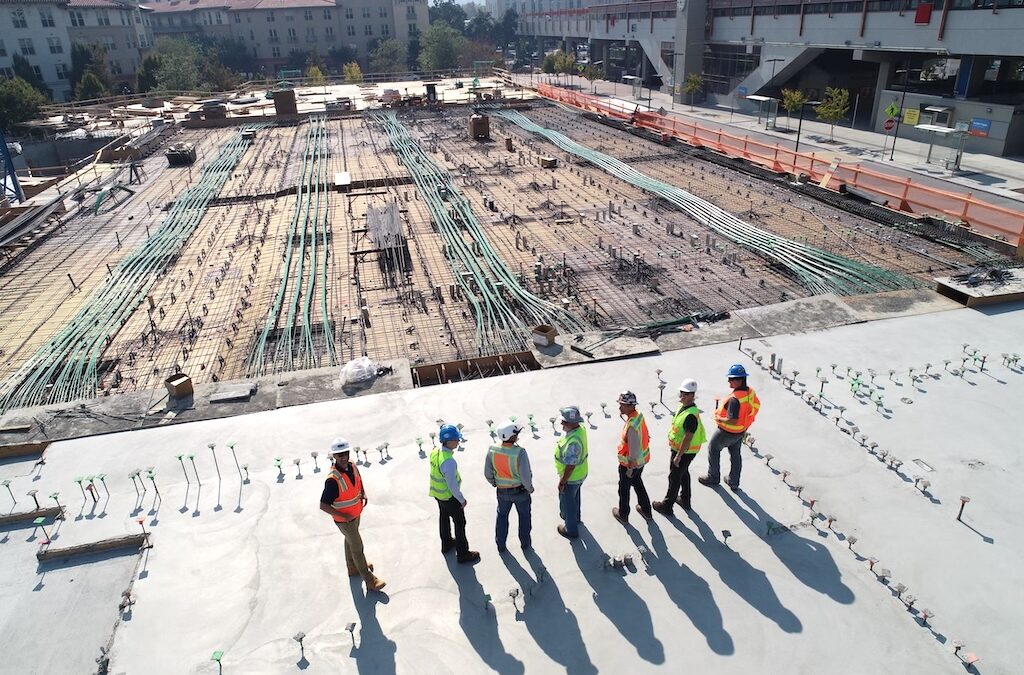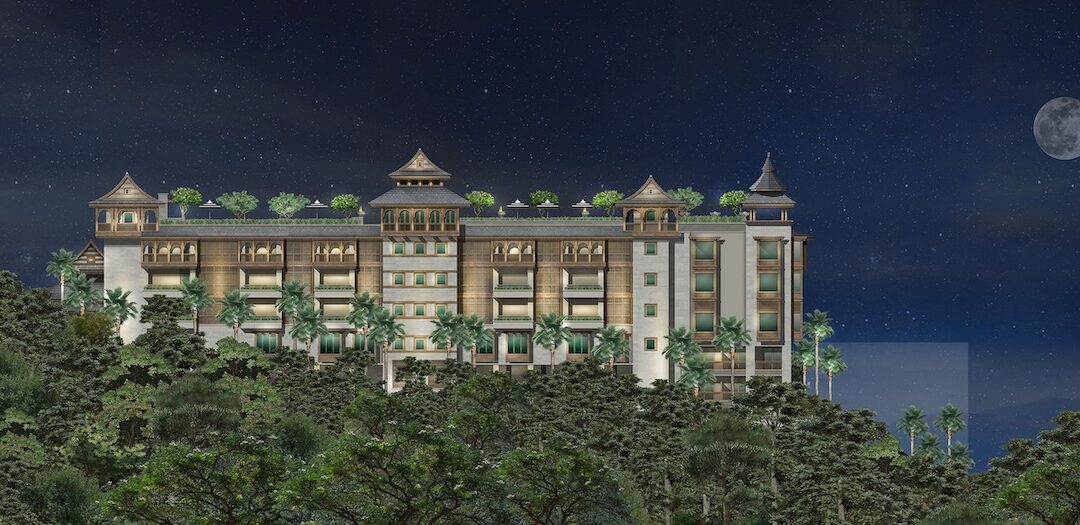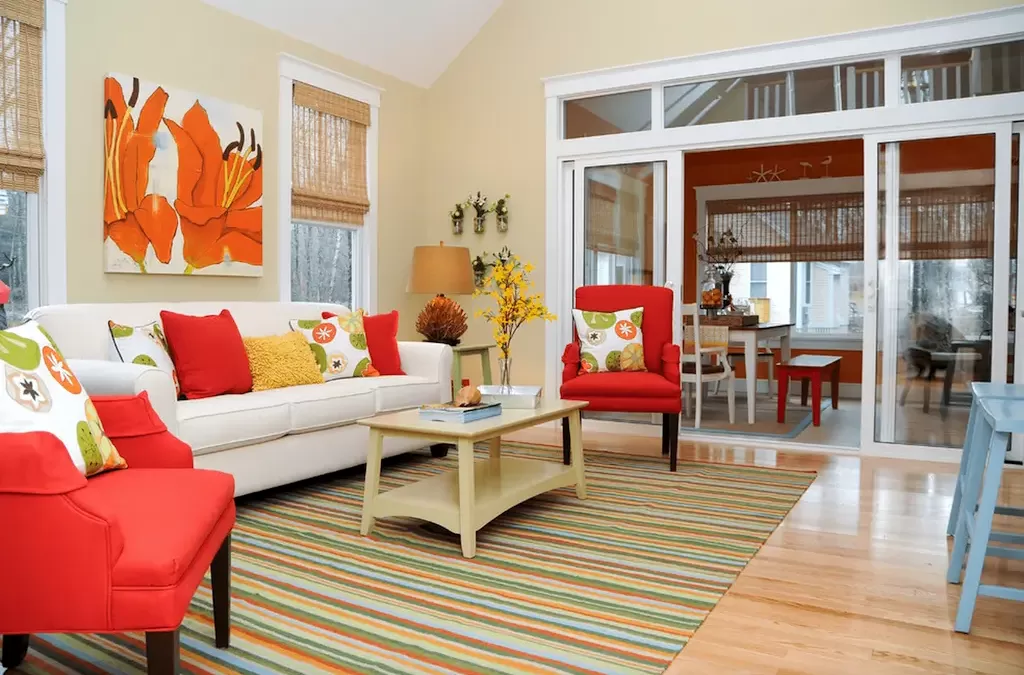Maximizing Spaces: Innovative Strategies for Optimal Room Utilization. Hotels are renowned for their efficient use of limited space to create a large number of rooms. Here are some key strategies they employ to achieve this:
1. Room Layout Optimization
Hotels carefully design the layout of each room to maximize the available space. They consider factors such as furniture placement, the size and arrangement of beds, and the inclusion of space-saving amenities like wall-mounted TVs, compact desks, and built-in storage solutions.
2. Modular and Standardized Design
Many hotel chains use modular and standardized room designs. This means they have a set of predetermined room configurations that can be replicated across different properties. This approach streamlines the construction process and reduces the need for custom design in each location.
3. Efficient Use of Hallways and Corridors
Hotels minimize the space dedicated to hallways and corridors, as these areas do not generate revenue. By optimizing the layout, they can create more room space within the same building footprint.
4. Vertical Construction
High-rise hotels maximize the number of rooms by building vertically, which allows for a higher room capacity without significantly increasing the building’s footprint.
5. Multi-functional Furniture
Hotels often use multi-functional furniture, such as sofa beds and fold-out tables, to serve dual purposes. This way, they can offer additional sleeping space without taking up extra room when not in use.
6. Compact Bathrooms
Bathrooms are typically designed to be efficient in their use of space. Features like sliding doors, space-saving fixtures, and compact layouts help make the most of the available area.
7. Utilizing Underutilized Spaces
Hotels may repurpose underutilized areas, such as basements or rooftop spaces, to create additional rooms or amenities like gyms, spas, or restaurants.
8. Optimized Storage Solutions
Hotels employ clever storage solutions to keep rooms clutter-free and organized. For example, they may use built-in closets, under-bed storage, and wall-mounted shelves.
9. Technology Integration
Modern hotels leverage technology to enhance guest experiences and save space. For instance, digital check-in and room controls through smartphone apps reduce the need for physical reception desks and in-room equipment.
10. Balconies and Views
Incorporating balconies or large windows with attractive views can make rooms feel more spacious and desirable without adding significant floor space.
Conclusion
By combining these strategies, hotels can effectively use limited space to create a larger number of rooms. This not only maximizes their revenue potential but also enhances the guest experience by providing well-designed, functional, and comfortable accommodations. Efficient space utilization allows hotels to offer more amenities and services, ultimately leading to higher guest satisfaction and loyalty.
—
Contact me below or via Whatsapp for more information!

Differences Between Cost Engineering, Quantity Surveying, and Project Management?
Cost Engineering and Quantity Surveying: Overlapping Expertise Understanding the roles of Cost Engineering (CE), Quantity Surveying (QS), and Project Management (PM) is crucial when undertaking...

FIRST THE BEATLES, NOW NAVA DESIGN!
FIRST THE BEATLES, NOW NAVA DESIGN! What a small world we live in! It was thrilling for us old Beatles enthusiasts, artists, and designers to be approached by a local owner in Rishikesh to...

FIRST THE BEATLES, NOW NAVA DESIGN (Part 2)
From Maharishi to Modernity: Crafting Rishikesh’s First ESG Art Resort As we continue our First The Beatles, Now NAVA DESIGN story, notice that Rishikesh is more than a destination; it’s a vibrant...
Create With Us!
Do you have a project or an idea in mind? Then get in touch with us, and together, we shall devise a mutual creative thinking strategy to work with you to create "Your Dreams"!
What We Do
Our Outposts
Bangkok
Bali
Remote
WhatsApp Me!


